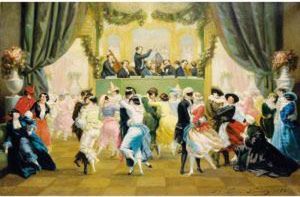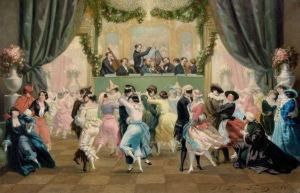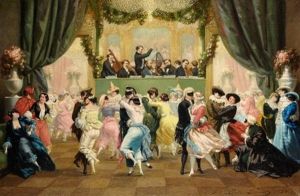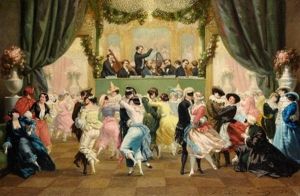Louis Francois Picard Paintings
Louis Francois Picard was a notable French artist born in 1749, during a period of significant cultural and artistic development in France. His life and career spanned the latter part of the 18th century and the early years of the 19th century, a time marked by the Enlightenment, the French Revolution, and the Napoleonic Wars. Despite the turbulent times, Picard managed to carve out a successful career as an artist, contributing to the rich tapestry of French art in an era of great change.
Picard's artistic journey began at a young age, influenced by the Rococo style that was prevalent during his formative years. However, as he matured, his work began to reflect the transition towards Neoclassicism, a movement that sought to recapture the simplicity and purity of the arts of ancient Greece and Rome. This shift was in part a reaction to the excesses of the Rococo and was driven by a desire for a more serious and moral artistic expression in the wake of the French Revolution.
Throughout his career, Picard exhibited a remarkable ability to adapt and evolve his artistic style in response to the changing tastes and political climates of his time. He was known for his portraits, landscapes, and historical scenes, which were praised for their attention to detail, composition, and emotional depth. Despite the acclaim he received during his lifetime, Louis Francois Picard's work fell into relative obscurity after his death in 1828.
Today, Picard's contributions to French art are being re-evaluated by art historians and critics, who recognize his adaptability and skill in capturing the spirit of his age. His paintings offer a window into the complex social and political landscape of France from the ancien régime through the revolutionary period and into the early 19th century. As such, Louis Francois Picard is remembered not only for his artistic talent but also for his role in documenting an era of profound change in French history.



